Ankimo Sushi
Monkfish Liver
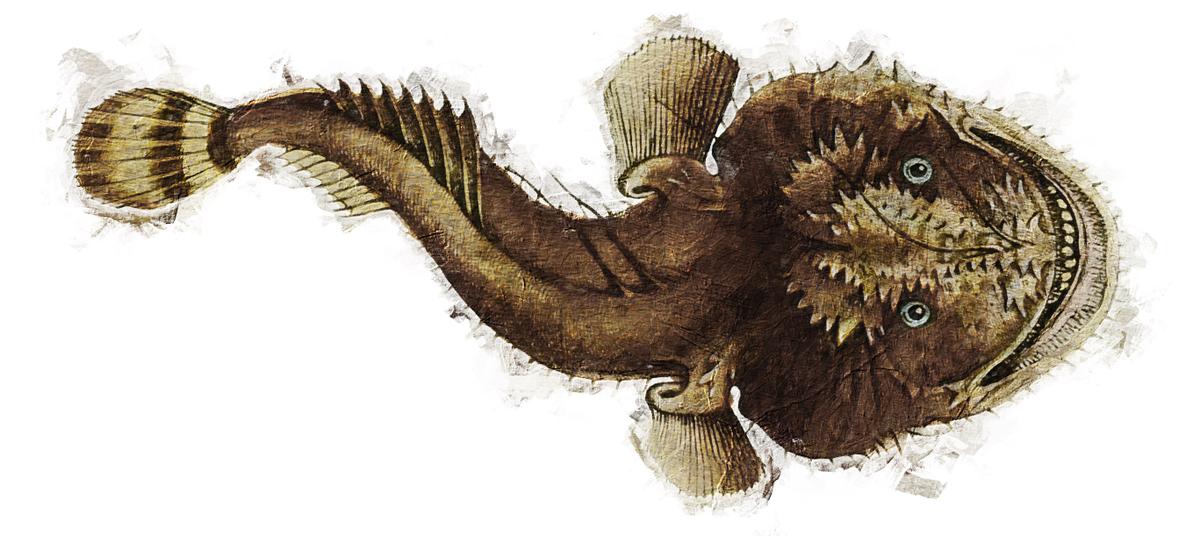
What is Ankimo (Monkfish Liver)?
Ankimo (あん肝) is a Japanese dish prepared from the liver (kimo, 肝) of a monkfish or anglerfish (ankou, 鮟鱇). It is also known as umi no foagura (海のフォアグラ) and is a delicacy that is very much sought-after in Japan. Ankimo is served as a starter in upscale restaurants that serve traditional Japanese food (washoku), Japanese multi-course haute cuisine (kaiseki ryori) or sushi. For the preparation, the blackmouth angler (ankou, アンコウ) and yellow goosefish (hon ankou, ホナンコウ), which are native to Japan, are preferred. More and more, their European and American relatives are also appearing in Japanese kitchens.
Ankimo as Ingredient for Sushi or Sashimi
Ankou are large and unappealing but extremely tasty, especially their liver. Ankimo's taste is very rich, less like fish, creamy but at the same time very light and tender. The soft texture gives a velvety feeling on the tongue and the high fat content makes ankimo melt in the mouth. Ankimo is often served with grated daikon radish with chili (momiji-oroshi, もみじおろし), finely chopped Japanese bunching onion (negi, ネギ) and/or a citrus-based seasoning sauce (ponzu, ポン酢). Unlike most Japanese sushi dishes, ankimo should not be combined with soy sauce, as it spoils the delicate taste of ankimo too much. It should be served cool, but slightly above refrigerator temperature.
Ankimo is not exclusive to Japanese cuisine. In France, ankimo is known as foie de lotte. In Spain, the monkfish liver is called Hígado de rape and is highly appreciated.
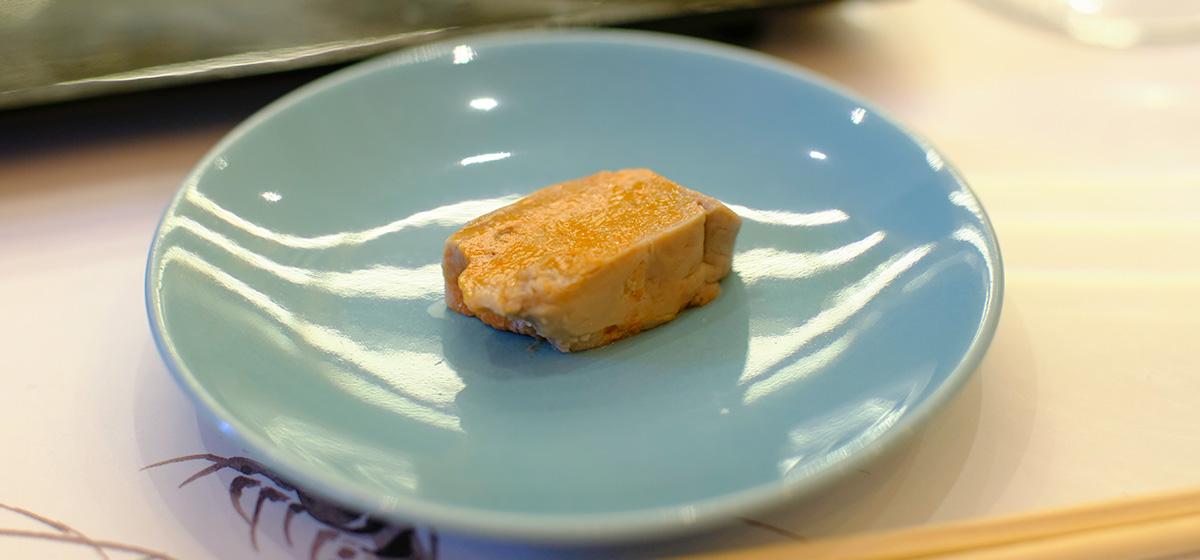
After the fish has been filleted, the liver is first rubbed with salt and rinsed with alcohol (sake, 酒). Carefully, the liver is freed from its large blood vessels, possibly parasites and membrane skin. It is then cooked in a cylinder made of aluminum foil. Ankimo is rich in vitamins, protein and minerals. However, mercury compounds ingested in the fish's diet also accumulate in the liver, so it is best to refrain from eating large quantities of ankimo.
Best Season
Traditionally, ankimo is a winter recipe in Japan, outside Japan it is often to be found in high-class sushi restaurants all year round.
Ankimo in Japan
Economy
The dominant method of catching anglerfish is unfortunately still bottom trawling. This type of fishing is harmful to marine habitats on the seafloor. This gives the otherwise delicious ankimo a morally bitter aftertaste.
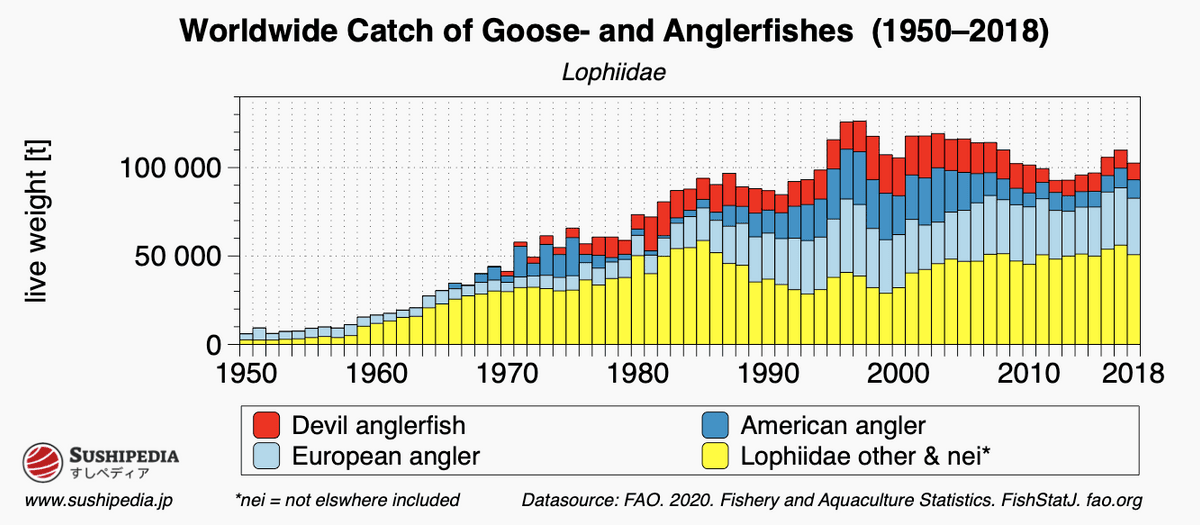
Gallery
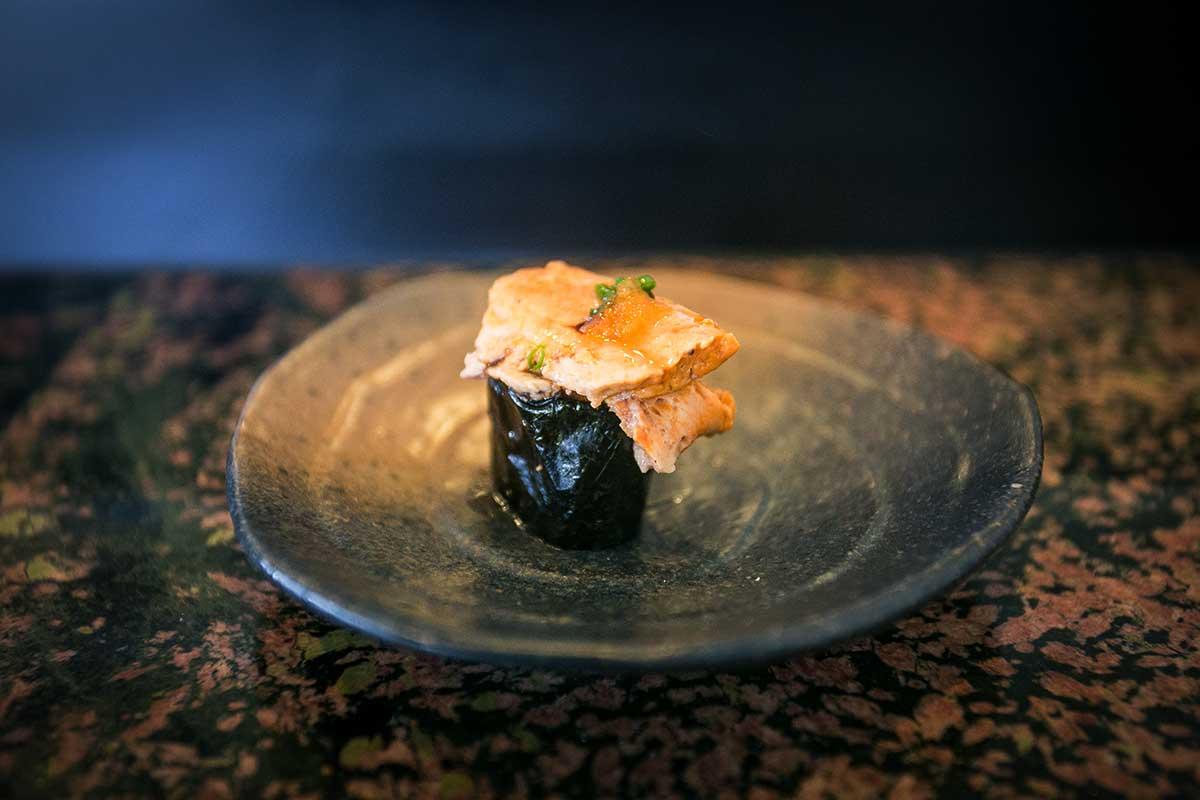
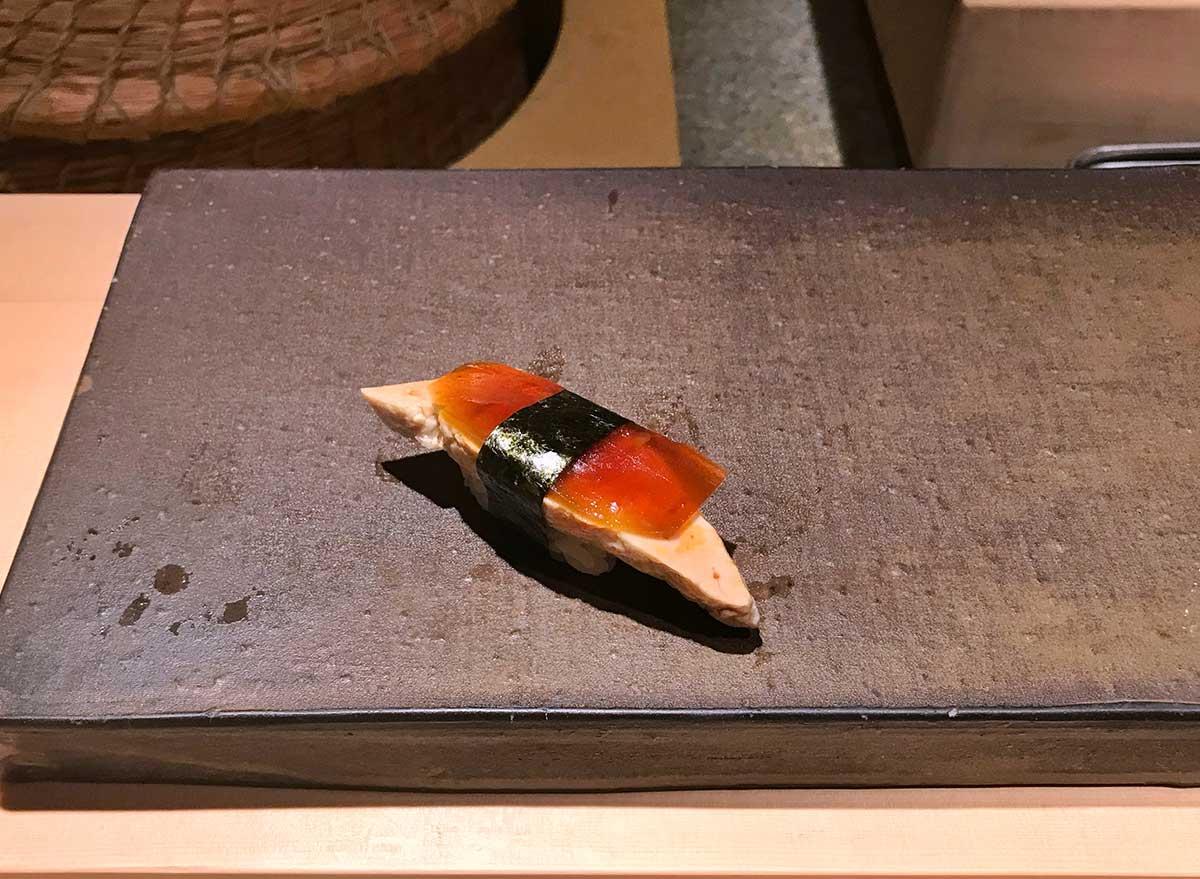
Further information on the author can be found in the section on image credits.
Video about Ankimo
External video embedded from youTube.com: How To Sushi. How to Prep Monkfish Liver (Ankimo)【Sushi Chef Eye View】
Species of Ankimo
The following species are regarded as authentic. Either historically, according to the area of distribution or according to the common practice in today's gastronomy:
Japanese Name | Common Names, Scientific Name |
|---|---|
ankou アンコウ 鮟鱇 | blackmouth angler, blackmouth goosefish, broad-headed angler Lophiomus setigerus family: Lophiidae |
hon-ankou, ki-ankou ホナンコウ、キアンコウ | anglerfish, yellow goosefish Lophius litulon family: Lophiidae |
shimofurihanaankou シモフリハナアンコウ | Lophiodes miacanthus family: Lophiidae |
The following species can be considered subsitutes. Either on the basis of genetic relationship or because they are similar in taste or appearance:
Japanese Name | Common Names, Scientific Name |
|---|---|
amerika-ankou アメリカアンコウ | American anglerfish Lophius americanus family: Lophiidae |
misakiankou ミサキアンコウ | Devil anglerfish Lophius vomerinus family: Lophiidae |
nishi-ankou ニシアンコウ | European angler, common monkfish Lophius piscatorius family: Lophiidae |
nodoguro-hime-ankou ノドグロヒメアンコウ | natal angler Lophiodes insidiator family: Lophiidae |
References & Further Reading
- [Favre, 2010]: Joseph Favre. Practical universal kitchen dictionary (Dictionnaire universel de cuisine pratique). Place des éditeurs. 2010.
- [Grescoe, 2012]: Taras Grescoe. Dead Seas: How the fish on our plates is killing our planet. Pan Macmillan, Basingstoke. 2012.
- [Kadowaki et al., 2015]: Kadowaki Toshiya (門脇俊哉), Aihara Takateru (粟飯原崇光), Hashimoto Mikizō (橋本幹造), Kobayashi Yūji (小林雄二), Ōhara Makoto (大原誠). Seasonal appetizers and entrées (季節を彩るお通しと前菜). Natsumesha, Tokyo (ナツメ社, 東京都). 2015.
- [Mouritsen et al., 2014]: Ole Mouritsen, Klavs Styrbæk, Mariela Johansen. Umami: Unlocking the Secrets of the Fifth Taste. Columbia University Press, New York. 2014.
- [Sakagami, 2019]: Nick Sakagami. Sushi Master: An expert guide to sourcing, making and enjoying sushi at home. Quarry Books, Beverly. 2019.
Image Credits
City Foodsters (Grace Chen, Jason Wang). Ankimo (Monkfish Liver). flickr.com. License: Attribution 2.0 Generic (CC BY 2.0). Changes made: image quality, brightness, contrast, colour matching, sharpening, cropping.
T.Tseng. Ankimo, preserved watermelon. flickr.com. License: Attribution 2.0 Generic (CC BY 2.0). Changes made: image quality, brightness, contrast, colour matching, sharpening, cropping.